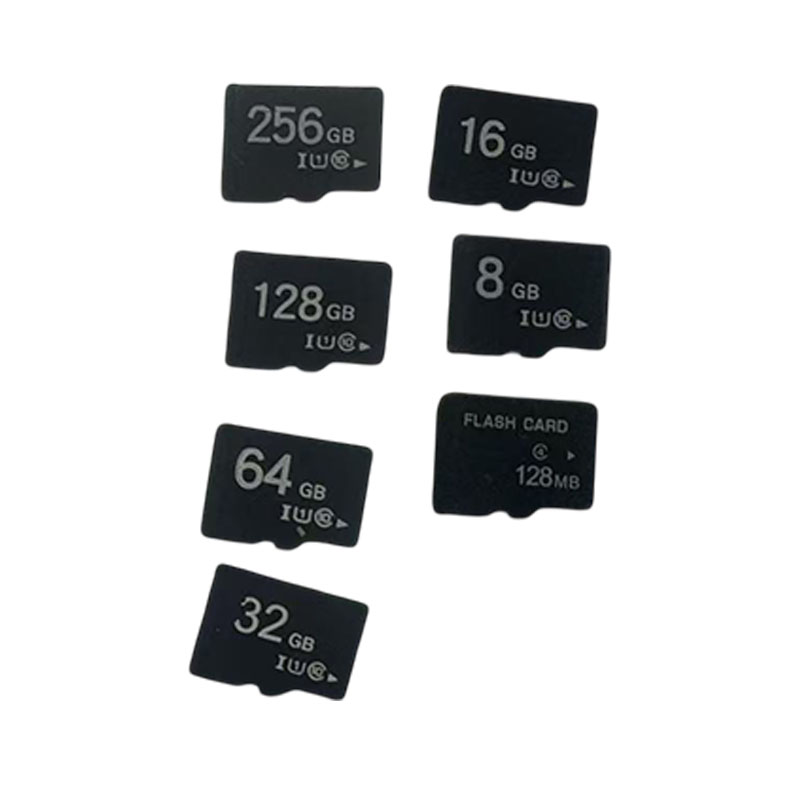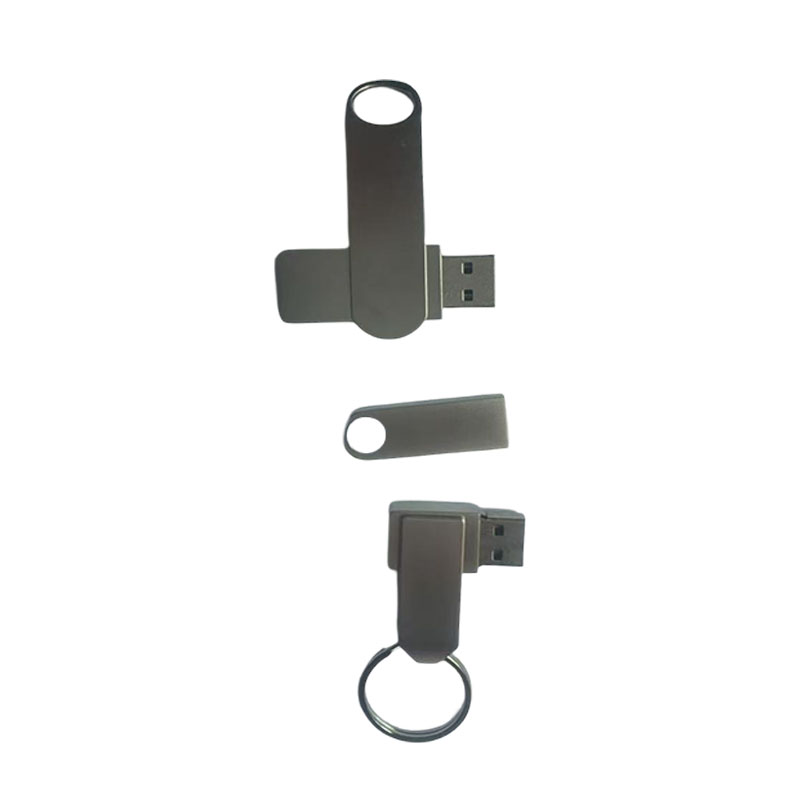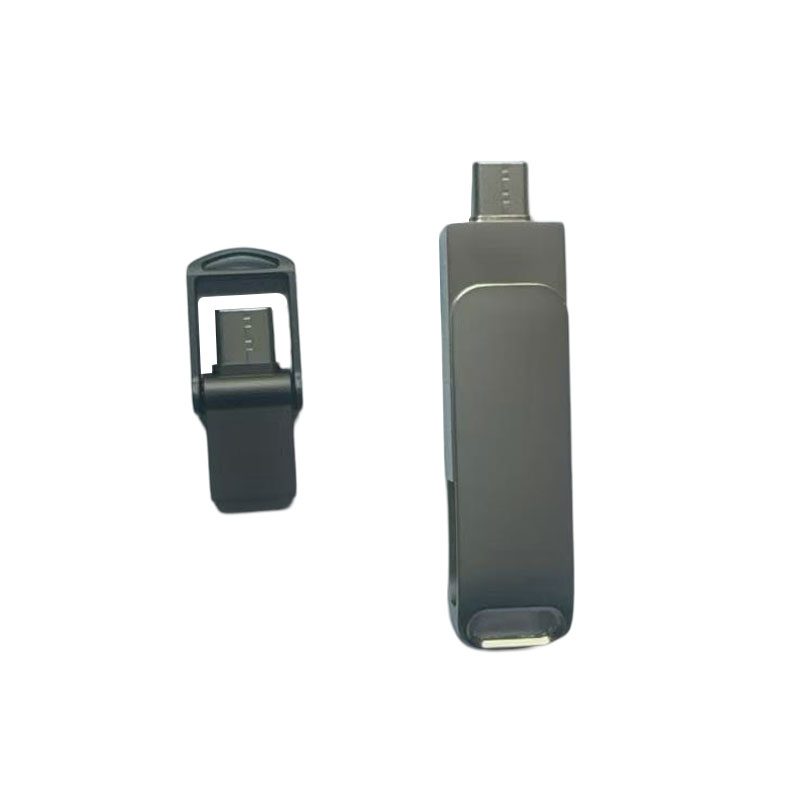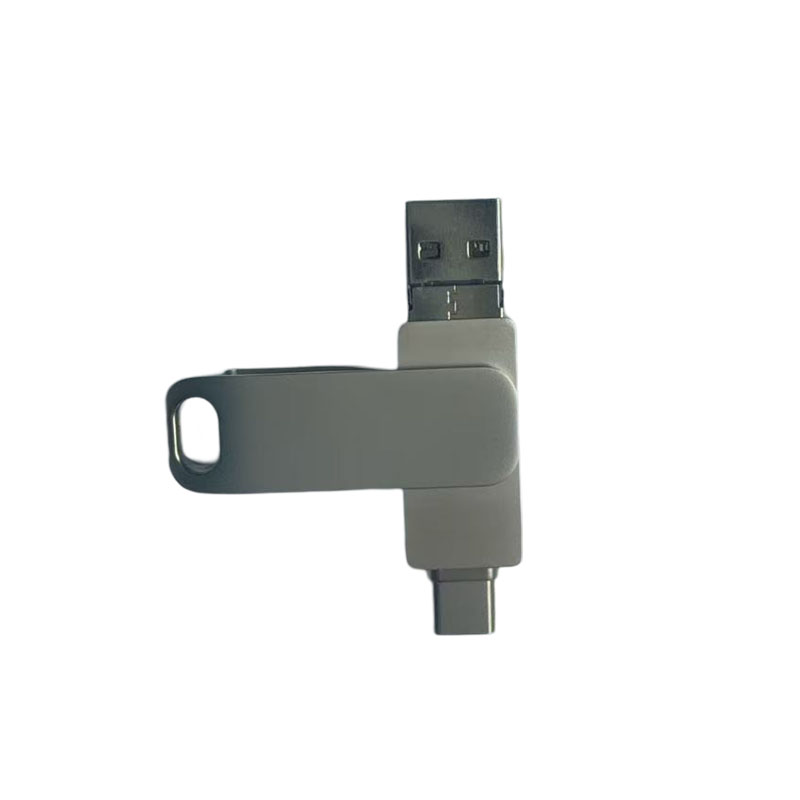How do the multi-layered protections of memory cards ensure data security in extreme environments?
Release Time : 2025-08-12
In today's rapidly evolving digital age, data has become an integral part of our lives. From precious photos on our phones to travel moments captured by cameras to every frame captured by dashcams, the storage and flow of vast amounts of information rely on a seemingly tiny yet crucial carrier: the memory card. Though barely the size of a fingernail, it carries countless memories and achievements, serving as an invisible bridge between digital devices and our personal worlds. Modern memory cards have long transcended the role of mere "data containers." With stunning aesthetics and cutting-edge technological innovations, they are quietly reshaping our understanding of portable storage.
At first glance, a memory card might appear to be nothing more than a thin piece of plastic, but the craftsmanship and design behind it are truly exquisite. High-end memory cards utilize integrated packaging technology, with the outer shell made of high-strength, pressure-resistant, and flex-resistant environmentally friendly materials. The surface is finished with a frosted or mirrored finish for a smooth, non-slip, and wear-resistant feel. Some limited-edition or professional-grade products incorporate color gradients, brushed metal, or transparent window designs, enhancing the overall quality and allowing users to instantly identify their unique memory card among numerous devices. This meticulous attention to detail imbues previously invisible accessories with a unique visual identity, transforming them into miniature works of art that blend technology and aesthetics.
Innovation is the soul of the continuous evolution of memory cards. Today's memory cards are no longer simply passive write and read functions; they now incorporate "data engines" with intelligent algorithms and high-speed transmission technology. Cards supporting UHS-II, UHS-III, and even CFexpress standards offer read and write speeds of hundreds or even gigabytes per second, easily handling continuous recording of 4K and 8K ultra-high-definition video, ensuring photographers don't miss moments due to lags during high-speed burst shooting or video editing. Even more impressive, some high-end cards feature built-in temperature monitoring and automatic speed reduction protection mechanisms. When overheating is detected, they intelligently adjust performance to prevent data corruption, significantly enhancing reliability and security.
Modern memory cards have also achieved a qualitative leap in data security. Memory cards, with their multi-faceted protection features, including waterproof, shockproof, X-ray-proof, and temperature-resistant, preserve data even in extreme environments—from outdoor photography in torrential rain, to the scorching heat of deserts, and even as luggage during high-altitude flights. Some professional models even support hardware-level encryption, allowing users to set passwords to prevent unauthorized access to sensitive files. This makes them particularly suitable for journalists, business professionals, and government officials. This "indestructible" feature makes memory cards a truly trustworthy "digital safe."
Furthermore, the intelligent management capabilities of memory cards are constantly expanding. Through the accompanying app, users can remotely view the remaining capacity, health status, and usage time of the memory card, and even automatically back it up and synchronize it with the cloud. Some models also support NFC or Bluetooth connectivity, allowing users to quickly transfer photos to their phone or tablet with a simple tap, eliminating the tedious process of plugging and unplugging a card reader and greatly enhancing the convenience of cross-device data sharing. This "seamless connection" experience makes data flow as natural as breathing.
From an ecological perspective, green manufacturing concepts are also embedded throughout the entire memory card production process. The use of recyclable materials, low-power chips, and lead-free soldering processes reduces environmental impact. Furthermore, the highly durable design extends product lifespan, reduces electronic waste, and demonstrates the commitment of technology companies to sustainable development.
Though small, the memory card is the cornerstone of digital life. It carries vast amounts of information in its ultimate compactness, safeguarding every memory with silent tenacity. It is not only a culmination of technology but also the epitome of the modern lifestyle: mobile, efficient, secure, and personalized. In the future, with the advancement of AI, the Internet of Things, and edge computing, memory cards may integrate even more intelligent features, becoming truly "thinking" data nodes. And right now, it sits quietly in your camera or phone, waiting to capture a moment worth cherishing.
At first glance, a memory card might appear to be nothing more than a thin piece of plastic, but the craftsmanship and design behind it are truly exquisite. High-end memory cards utilize integrated packaging technology, with the outer shell made of high-strength, pressure-resistant, and flex-resistant environmentally friendly materials. The surface is finished with a frosted or mirrored finish for a smooth, non-slip, and wear-resistant feel. Some limited-edition or professional-grade products incorporate color gradients, brushed metal, or transparent window designs, enhancing the overall quality and allowing users to instantly identify their unique memory card among numerous devices. This meticulous attention to detail imbues previously invisible accessories with a unique visual identity, transforming them into miniature works of art that blend technology and aesthetics.
Innovation is the soul of the continuous evolution of memory cards. Today's memory cards are no longer simply passive write and read functions; they now incorporate "data engines" with intelligent algorithms and high-speed transmission technology. Cards supporting UHS-II, UHS-III, and even CFexpress standards offer read and write speeds of hundreds or even gigabytes per second, easily handling continuous recording of 4K and 8K ultra-high-definition video, ensuring photographers don't miss moments due to lags during high-speed burst shooting or video editing. Even more impressive, some high-end cards feature built-in temperature monitoring and automatic speed reduction protection mechanisms. When overheating is detected, they intelligently adjust performance to prevent data corruption, significantly enhancing reliability and security.
Modern memory cards have also achieved a qualitative leap in data security. Memory cards, with their multi-faceted protection features, including waterproof, shockproof, X-ray-proof, and temperature-resistant, preserve data even in extreme environments—from outdoor photography in torrential rain, to the scorching heat of deserts, and even as luggage during high-altitude flights. Some professional models even support hardware-level encryption, allowing users to set passwords to prevent unauthorized access to sensitive files. This makes them particularly suitable for journalists, business professionals, and government officials. This "indestructible" feature makes memory cards a truly trustworthy "digital safe."
Furthermore, the intelligent management capabilities of memory cards are constantly expanding. Through the accompanying app, users can remotely view the remaining capacity, health status, and usage time of the memory card, and even automatically back it up and synchronize it with the cloud. Some models also support NFC or Bluetooth connectivity, allowing users to quickly transfer photos to their phone or tablet with a simple tap, eliminating the tedious process of plugging and unplugging a card reader and greatly enhancing the convenience of cross-device data sharing. This "seamless connection" experience makes data flow as natural as breathing.
From an ecological perspective, green manufacturing concepts are also embedded throughout the entire memory card production process. The use of recyclable materials, low-power chips, and lead-free soldering processes reduces environmental impact. Furthermore, the highly durable design extends product lifespan, reduces electronic waste, and demonstrates the commitment of technology companies to sustainable development.
Though small, the memory card is the cornerstone of digital life. It carries vast amounts of information in its ultimate compactness, safeguarding every memory with silent tenacity. It is not only a culmination of technology but also the epitome of the modern lifestyle: mobile, efficient, secure, and personalized. In the future, with the advancement of AI, the Internet of Things, and edge computing, memory cards may integrate even more intelligent features, becoming truly "thinking" data nodes. And right now, it sits quietly in your camera or phone, waiting to capture a moment worth cherishing.







